Complete Solutions to Practice Exercise of chapter ELECTRIC CAPACITOR of Class 12 book with complete answers and questions
| Class 12 | PHYSICS |
| Chapter | ELECTRIC CAPACITOR |
| BITSAT GUIDE | Practice Exercise |
| Number Of Questions | 29 |
| Academic Year | 2023-24 |
In which form of the following, the energy is stored in the capacitor?
View SolutionA sheet of aluminium foil of negligible thickness is placed between the plates of a capacitor of capacitance C as shown in the figure, the capacitance of capacitor becomes
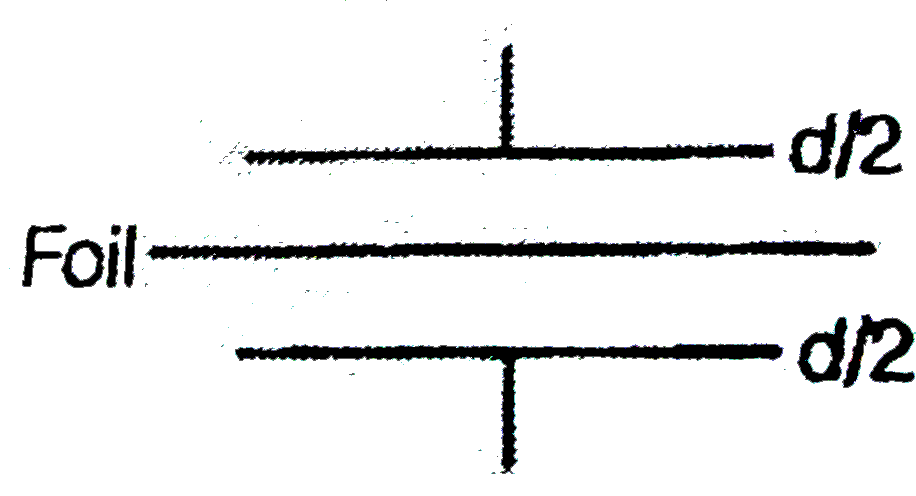
View SolutionCalculate the ratio of capacitance of two capacitors of same dimension of same dimensions but of different values K and `(K)/(4)` arranged in two ways as shown in Fig. (i) and (ii).
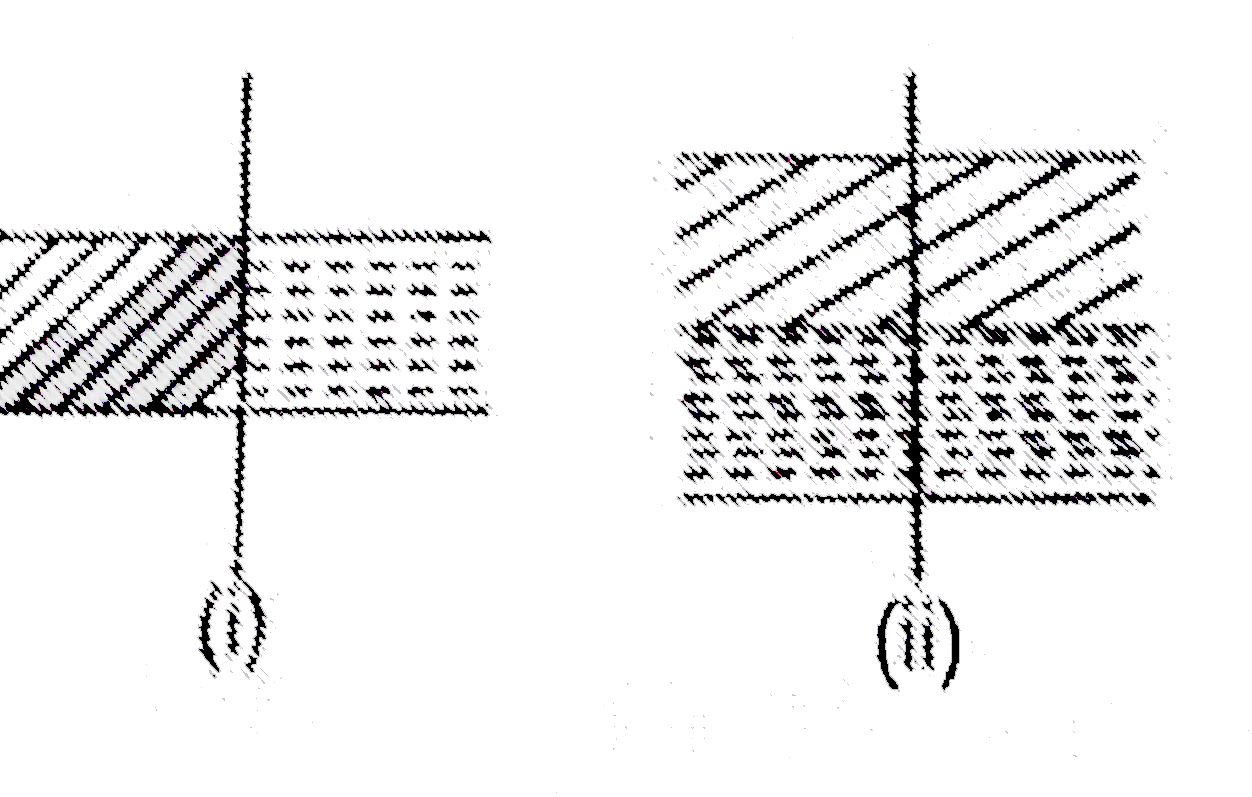
View SolutionA conducting sphere of radius 10 cm is given a charge of `+2xx10^(-8)C`. What will be its potential?
View SolutionIf n identical drops of mercury are combined to form a bigger drop then find the capacity of bigger drop, if capacity of each drop of mercury is C.
View SolutionTwo spherical conductors `A_(1)` and `A_(2)` of radii `r_(1)` and `r_(2)` are placed concentrically in air. The two are connected by a copper wire as shown in figure. Then, the equivalent capacitance of the system is
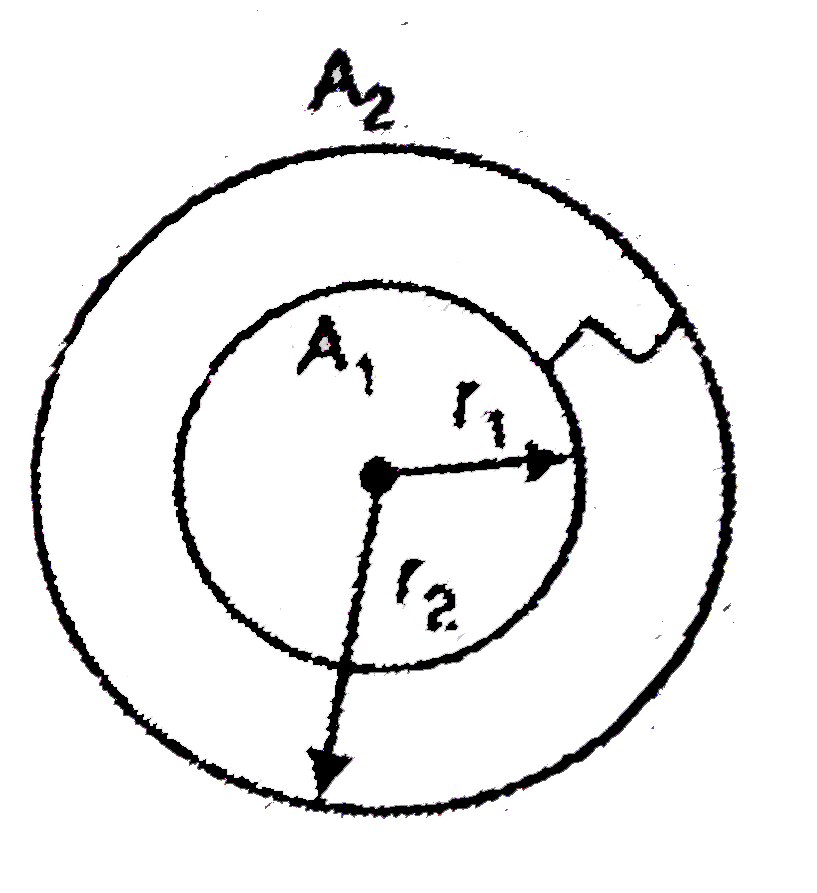
View SolutionCalculate amount of charge flow, when a conducting sphere of radius R and carrying a charge Q, is joined to an uncharged conducting sphere of radius 2R.
View SolutionFind the electric field in region II as shown in figure.
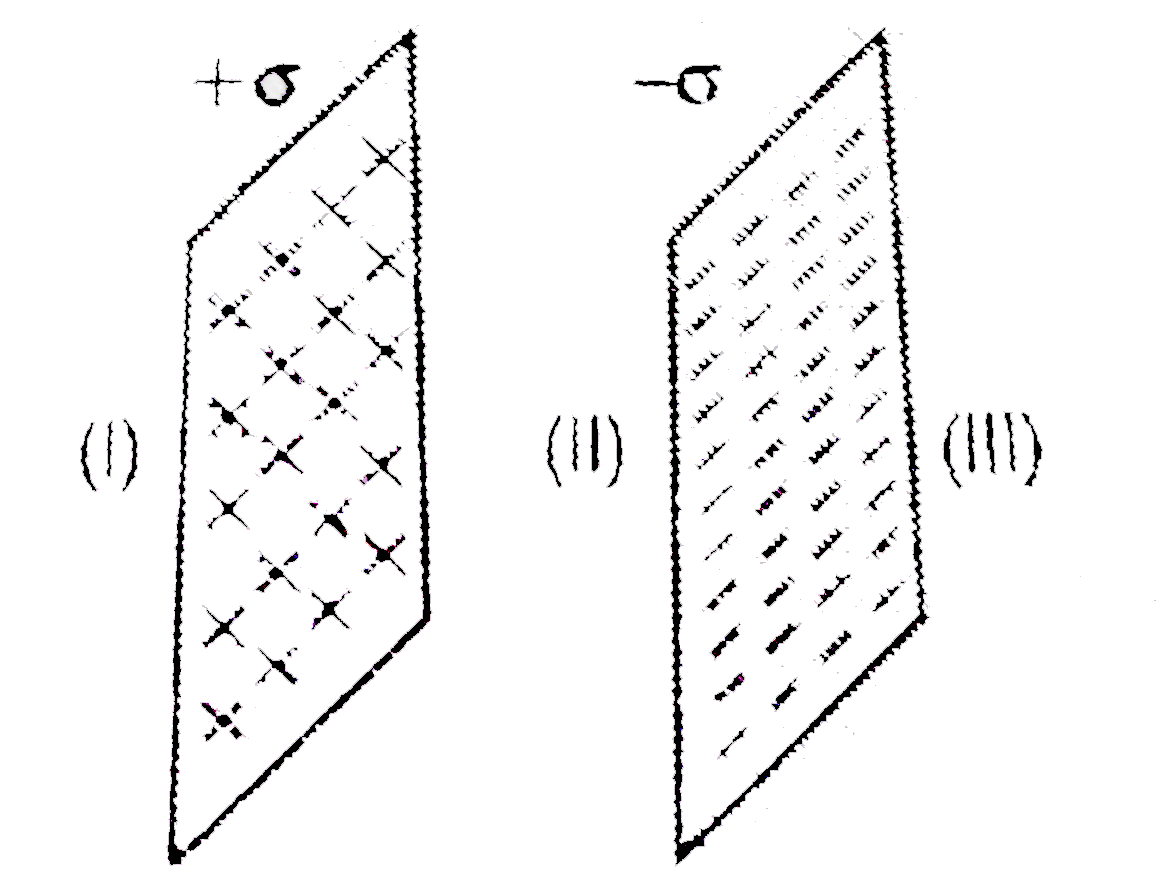
View SolutionTwo capacitors A and B having capacitances `10 muf` and `20 muF` are connected in series with a 12 V battery. The ratio of the charge on A and B is
View SolutionA `6xx10^(-4)` F parallel plate air capacitor is connected to a 500 V battery. When air is replaced by another dielectric material, `7.5xx10^(-4)`C charge flows into the capacitor. The value of the dielectric constant of the material is
View SolutionThe 90 pF capacitor is connected to a 12 V battery. How many electrons a transferred from one plate to another?
View SolutionIn the given figure the capacitor of plate area `A` is charged upto charge `q`. The ratio of elongations (neglect force gravity) in springs `C` and `D` at equilibrium position is.
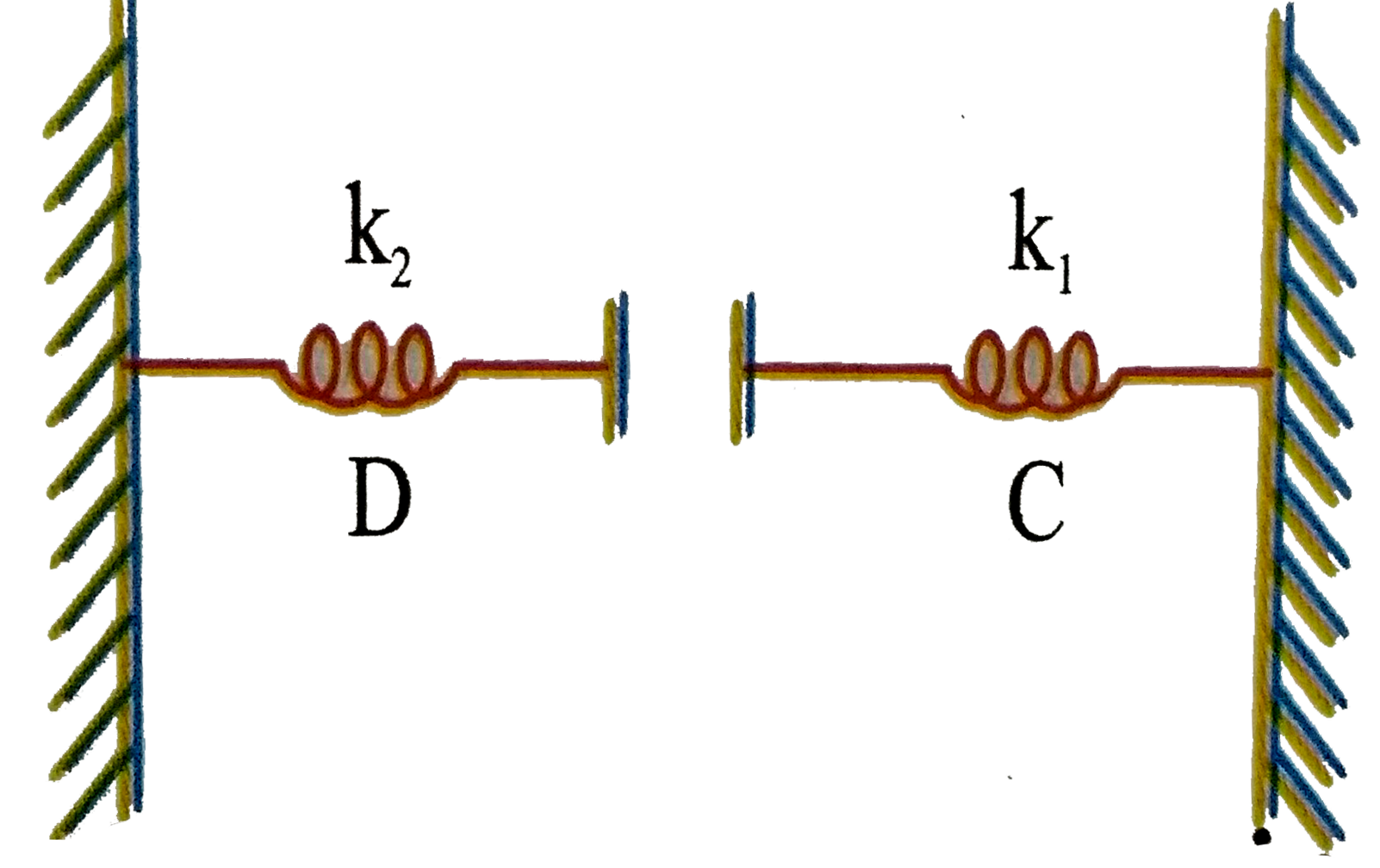 .
.
View SolutionA potential difference of 500 V is applied across a paralle plate capacitor. The separation between the plates is `2xx10^(-3)m`. The plates of the capacitor are vertical. An electron is projected vertically upwards between the plates with a velocity of `10^(5)m//a` and it moves undeflected between the plates. The magnetic field acting perpendicular to the electric field has magnitude of
View SolutionTwo capacitors `C_(1)` and `C_(2)` are connected in a circuit as shown in figure. The potential difference `(V_(A) - V_(B))` is
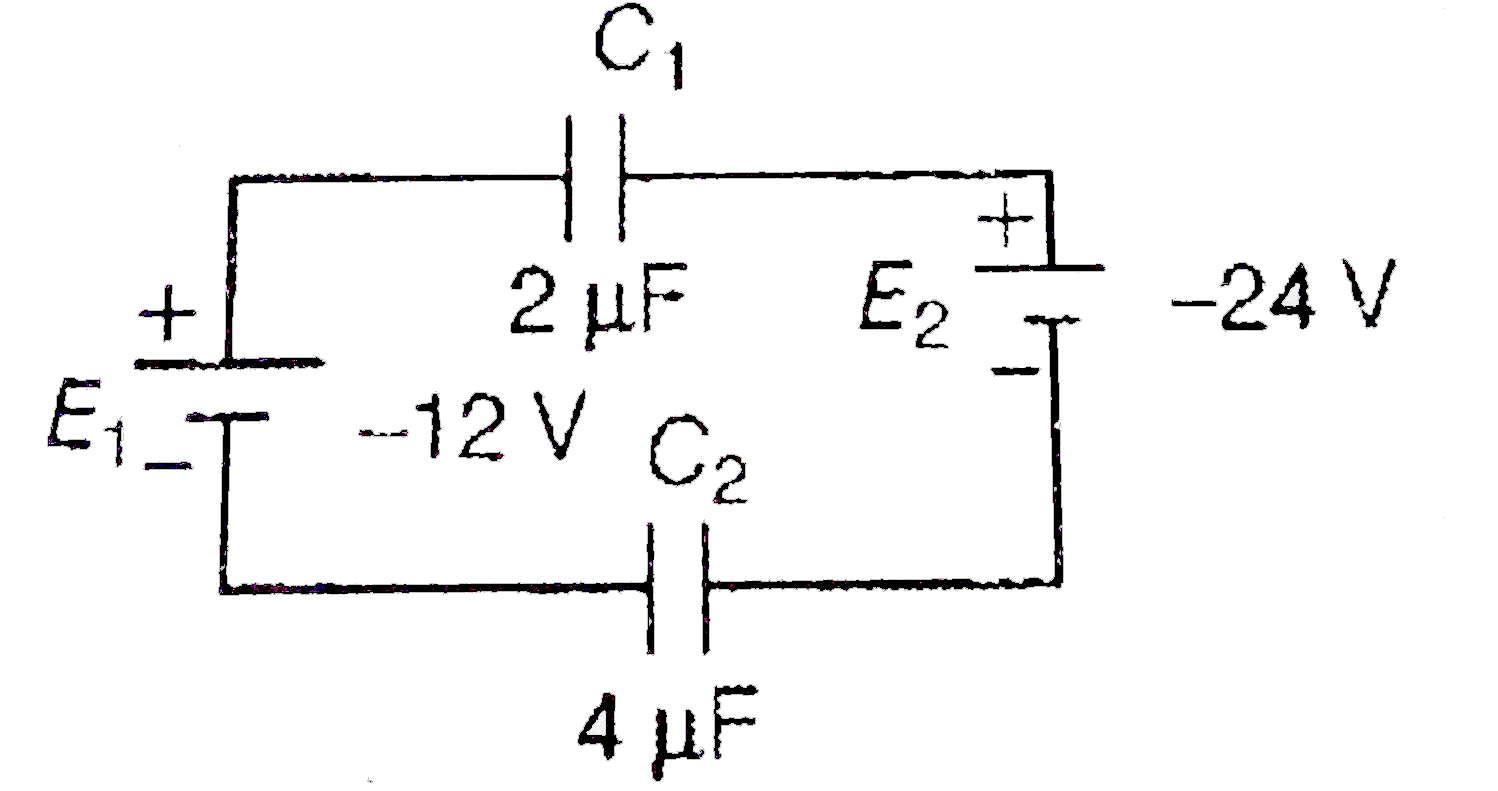
View SolutionIn the given figure, the equivalent capacitance between A and B is

View SolutionFor the circuit, the equivalent capacitance between P and Q is

View SolutionA parallel plate capacitor is connected to a battery of constant emf. Let the electric field at a given point between the plate be `E_(0)`, when there is no medium between the plates. The new electric field at the point, If a medium of dielectric constant A is intoduced between them, is
View SolutionForce acting upon charged particle kept between the plates of a charged condenser is `F`. If one of the plates of the condenser is removed, force acting on the same particle will become.
View SolutionA parallel plate capacitor has two layers of dielectrons as shown in figure. This capacitor is connected across a battery, then the ratio of potential difference across the dielectric layers is

View SolutionA parallel plate capacitor of plate area A and plate separation d is charged to potential difference V and then the battery is disconnected. A slab of dielectric constant K is then inserted between the plates of the capacitor so as to fill the space between the plates. If Q, E and W denote respectively, the magnitude of charge on each plate, the electric field between the plates (after the slab is inserted), and work done on the system, in question, in the process of inserting the slab, then
View SolutionA capacitor of capacitance `10 muF` is charged by connecting through a resistance of `20 Omga` and battery of 20 V. What is the energy supplied by the battery?
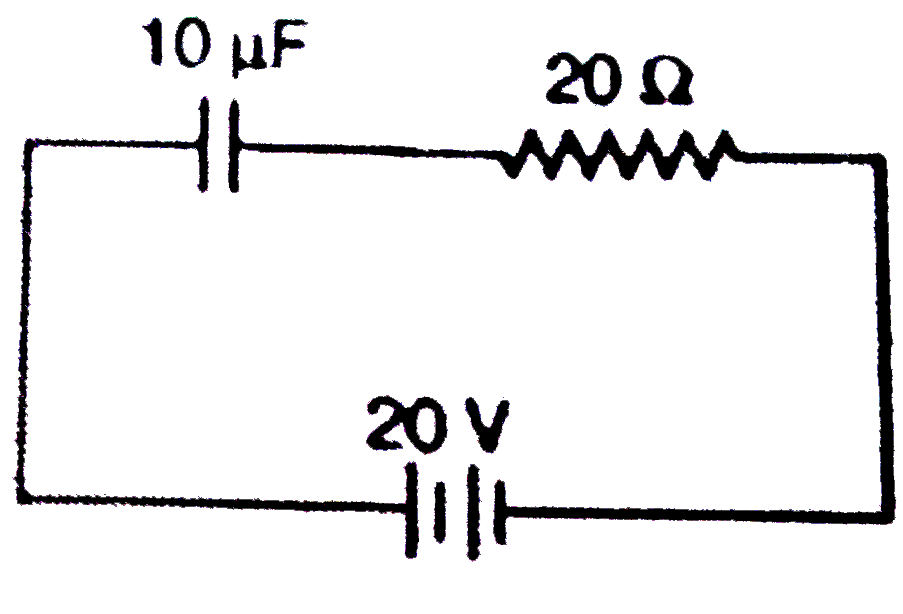
View SolutionA capacitor of capacitance C is charged to a potential difference `V_(0)`. The charged battery is disconnected and the capacitor is connected to a capacitor of unknown capacitance `C_(x)`. The potential difference across the combination is V. The value of `C_(x)` should be
View SolutionA parallel plate capacitor is made of two dielectric blocks in series. One of the blocks has thickness `d_(1)` and dielectric constant `K_(1)` and the other has thickness `d_(2)` and dielectric constant `K_(2)` as shown in figure. This arrangement can be through as a dielectric slab of thickness `d (= d_(1) + d_(2))` and effective dielectric constant `K`. The `K` is.
 .
.
View SolutionA copper plate of thickness b is placed inside a parallel plate capacitor of plate distance d and area A as shown in figure. The capacitance of capacitor is
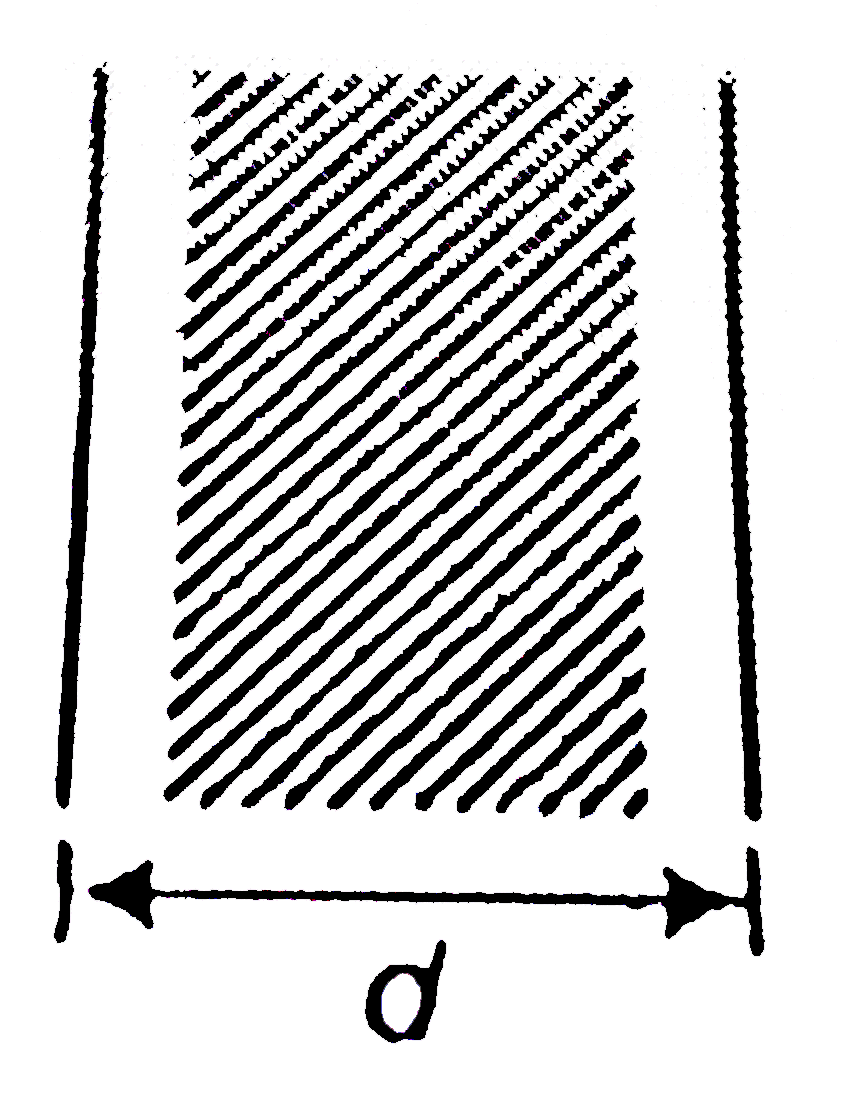
View SolutionFor the circuit shown below, capacitors A and B have identical geometry, but a material of dielectric constant 3 is present between the plates of B. The potential difference across A and B are respectively
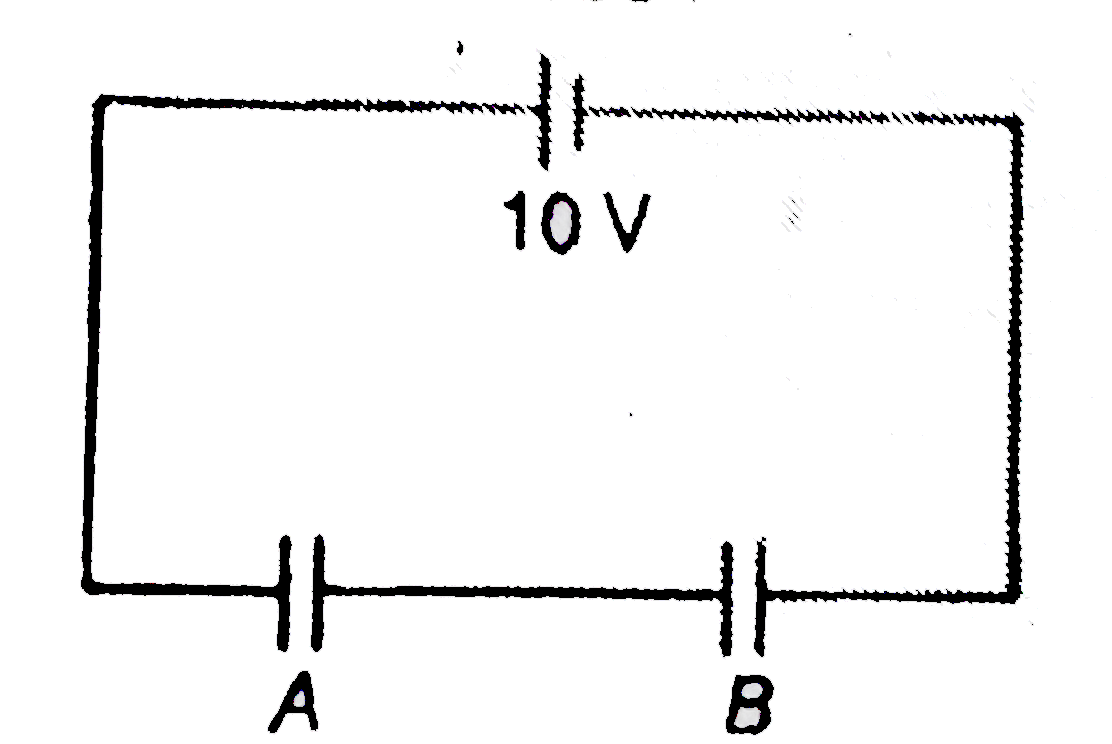
View SolutionIn the net work three identical capacitors are connected as shown. Each of them can withstand to a maximum `100 V` potential difference. What is the maximum voltage that can be applied across `A` and `B` so that no capacitor gets spoiled.
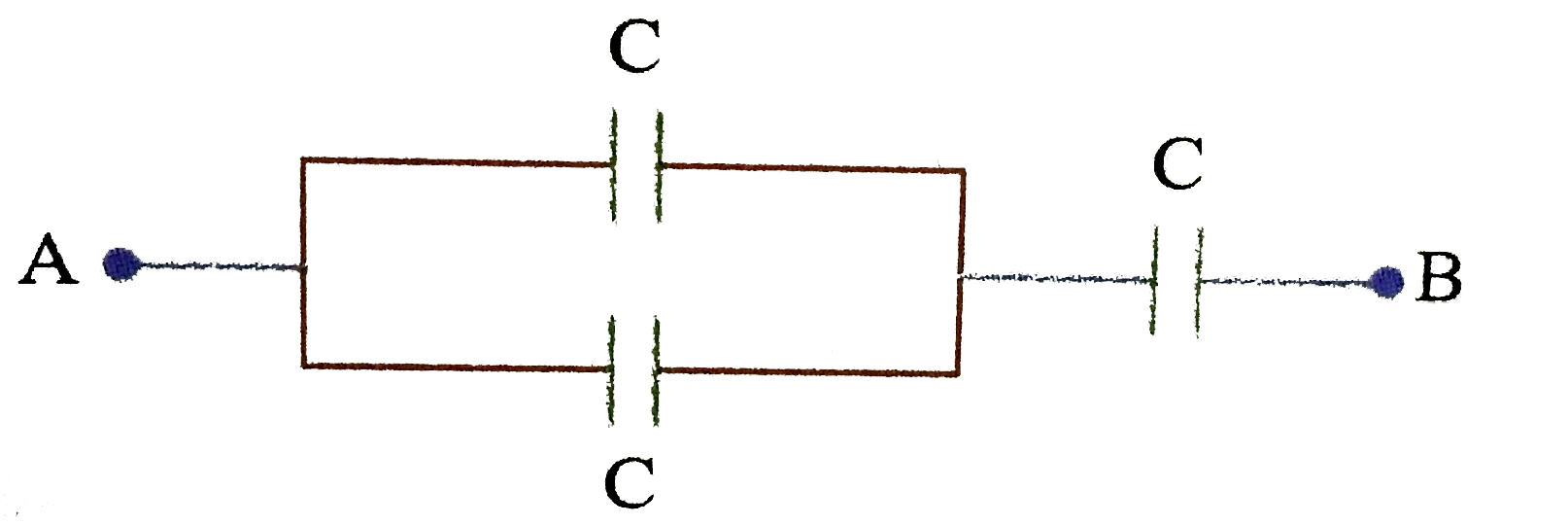 .
.
View SolutionCalculate the work done against the electric force, if the separation of the capacitor of area S is increased from `x_(1)` to `x_(2)`. Assume charge q on the capacitor is constant.
View SolutionFive identical plates are connected across a battery as follows : If the charge on plate `1` be `+q`, then the charges on the plates `2, 3, 4` and `5` are
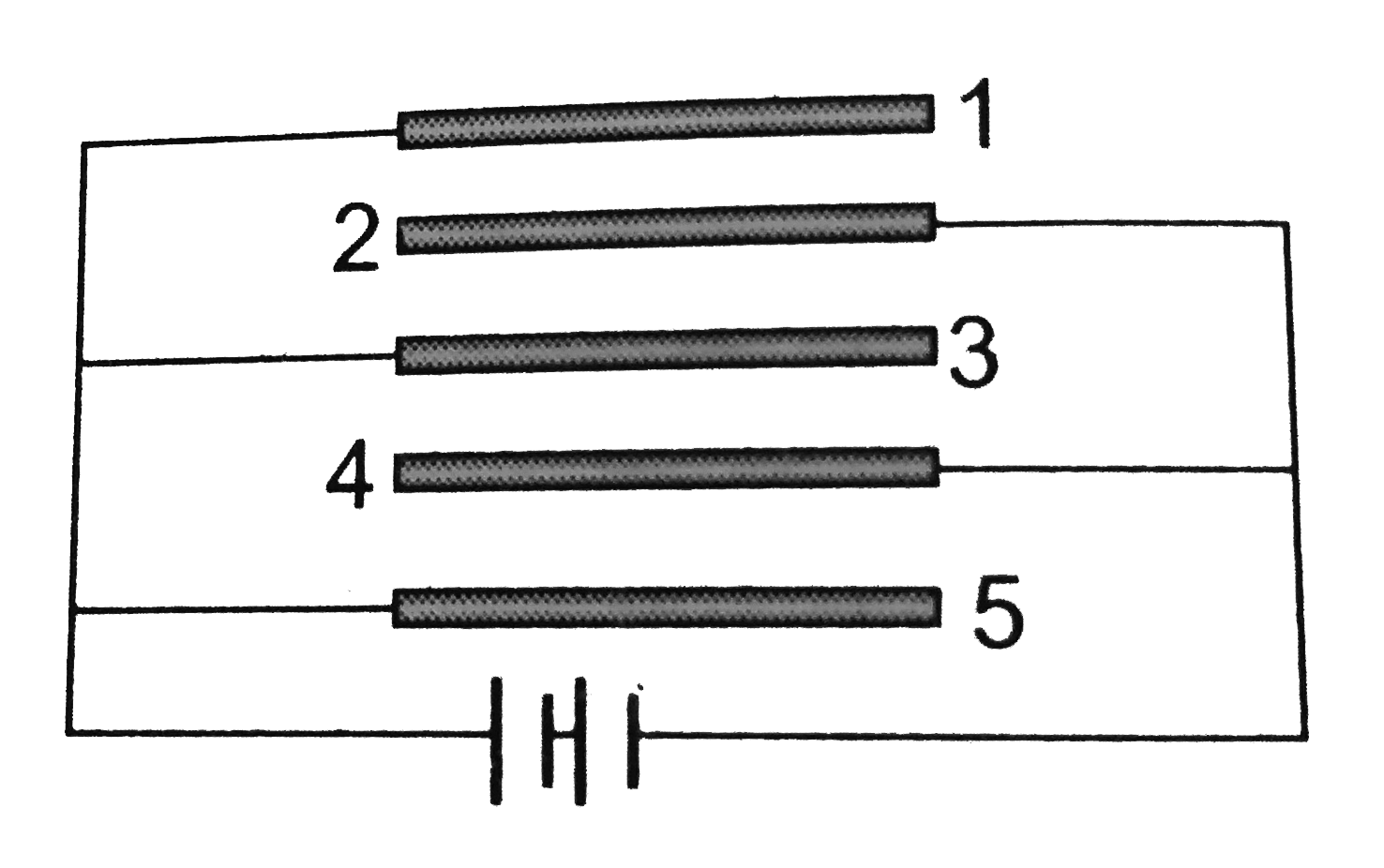
View SolutionThe equivalent capacitance of the combination of three capacitors each of capacitance C between A and B as shown in figure is
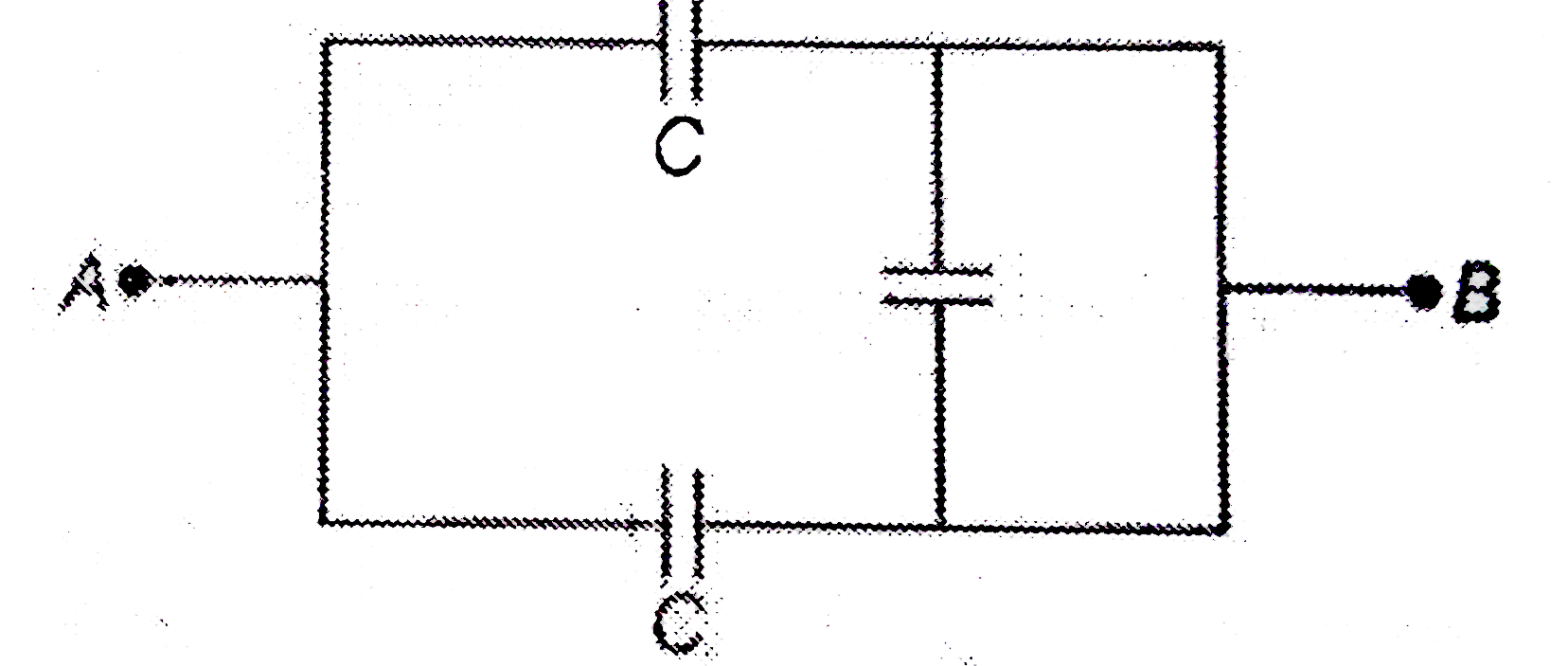
View Solution
Practice Exercise questions and complete solutions for chapter ELECTRIC CAPACITOR of BITSAT GUIDE of Class 12